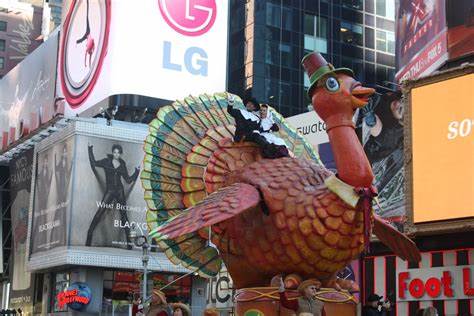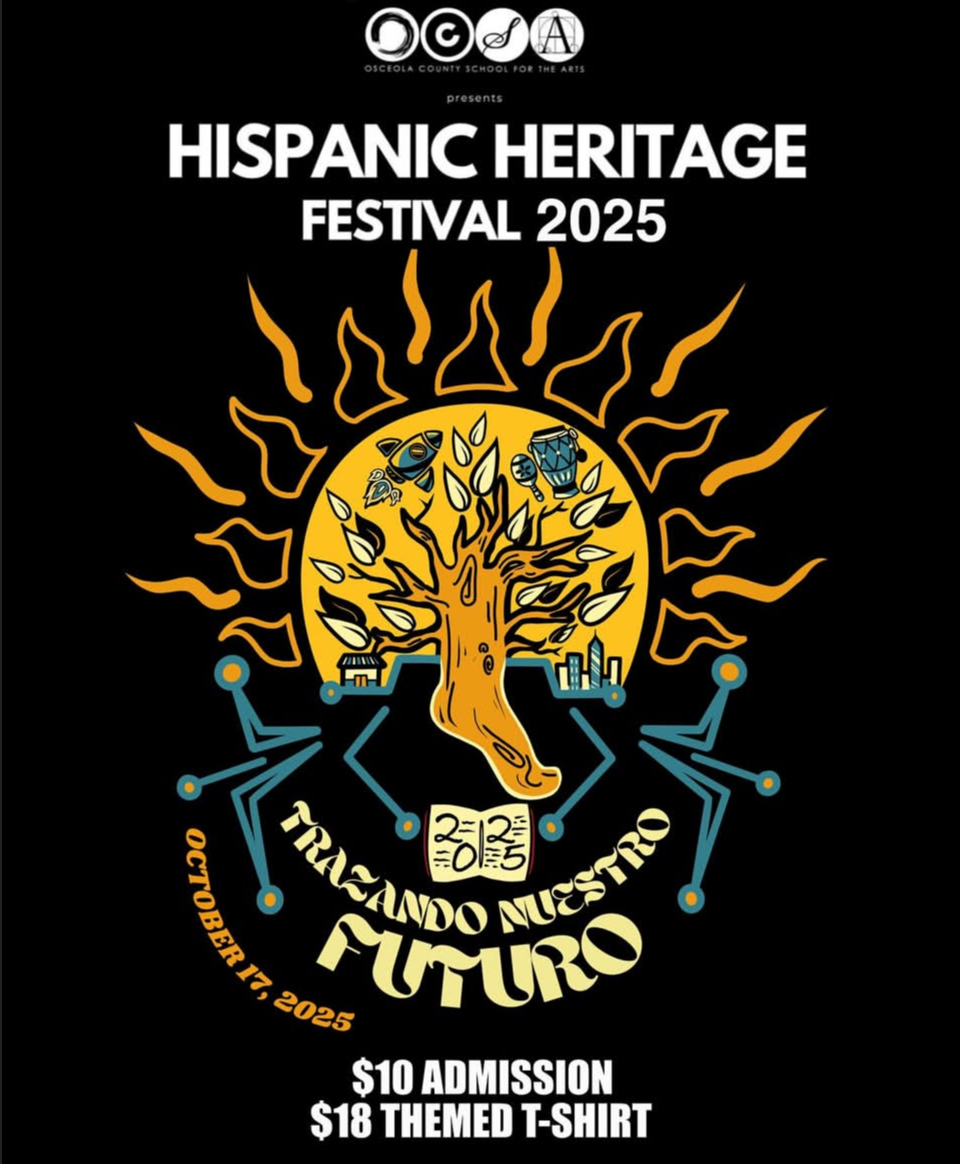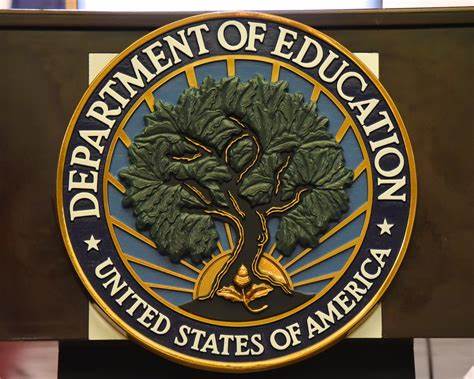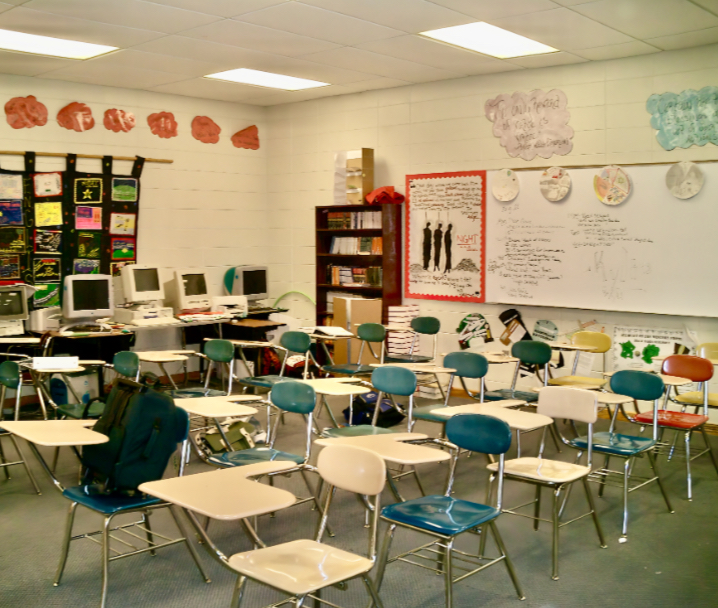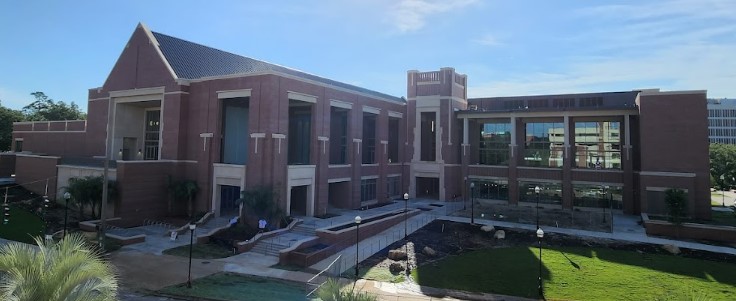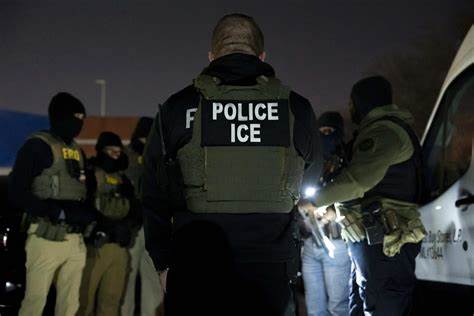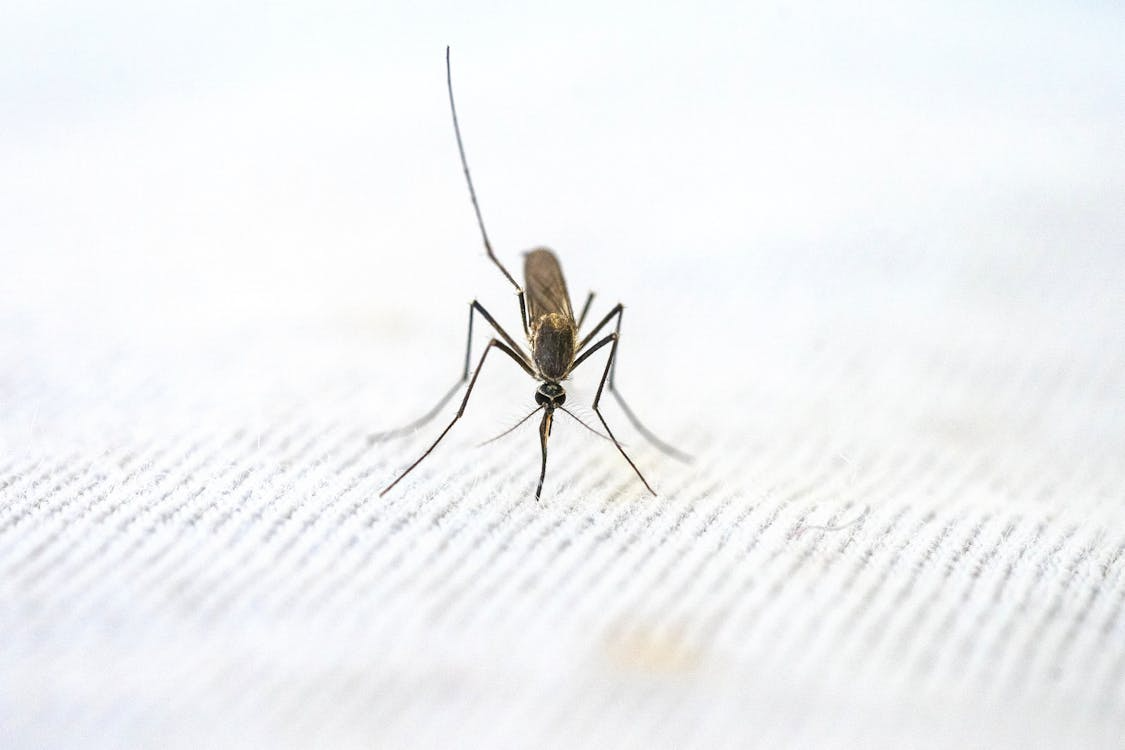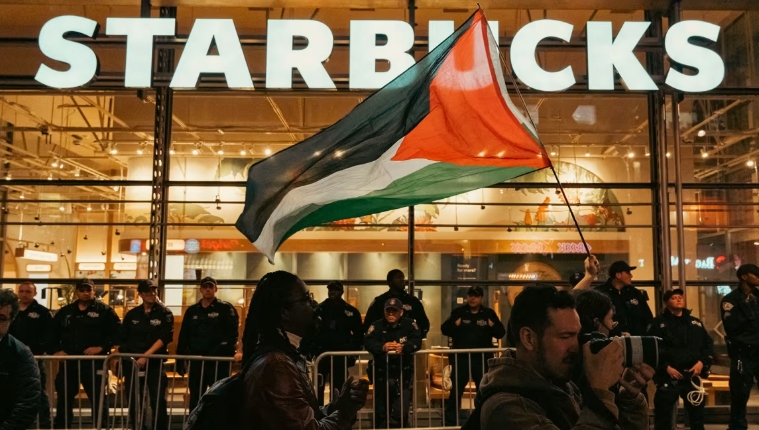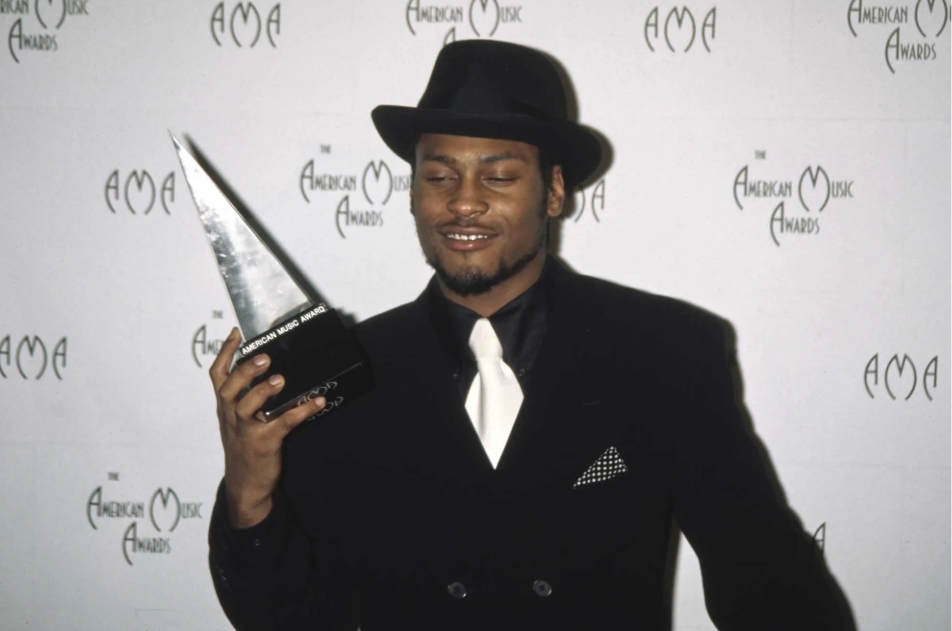Just a few days away, Thanksgiving is coming in hot on the 23rd of November, while the break will last a full week from the 20th to the 24th. While you may recall a vague lesson or two about this holiday from Elementary school, this tradition has its roots in both America and Canada.
In America, it is fashioned after 1621 harvest feast in Plymouth shared between the Wampanoag people and the Pilgrims, a group of English colonists seeking asylum from the Church. The two groups of people intermingled for three days, the Wampanoag contributing to the feast, which probably included fowl, fish, stews, and vegetables. It sealed an unspoken treaty between the Wampanoag and colonists that lasted up until King Philip’s War (1675–76), where thousands of Native Americans were killed, and hundreds of colonists died.
On the other hand, days of thanksgiving also originated during the colonial period in Canada, arising from similar European traditions, in gratitude for “safe journeys, peace, and bountiful harvests.” The earliest celebration was held in 1578, when an expedition led by Martin Frobisher held a ceremony in present-day Nunavut to give thanks for the safety of its fleet. In 1879 Parliament established a national Thanksgiving Day on November 6th; the date has varied over the years. Since 1957 Thanksgiving Day has been celebrated in Canada on the second Monday of October.
Sarah Josepha Hale campaigned for a national thanksgiving holiday in the United States during the 19th century, eventually winning the support of President Abraham Lincoln. On October 3, 1863, during the Civil War, he announced a National Day of Thanksgiving on Thursday, November 26. This annual tradition continued until 1942, when a presidential proclamation specified that the fourth Thursday in November would be Thanksgiving Day, which sometimes falls on the last or second to last week of November.
In 1920 Gimbel’s department store in Philadelphia gathered a parade of around 50 people, including Santa Claus at the rear of the procession. Since 1924, the annual Macy’s parade in New York City has continued the tradition and has seen the inclusion of giant blow up balloons since 1927. Turkey, stuffing, mashed potatoes, gravy, cranberry sauce, and pumpkin pie are all considered staples of the typical American Thanksgiving dinner. “Last year I accidentally ate an entire unfried shrimp wonton. My mom said it was the craziest thing that happened on Thanksgiving in twenty years!” Jessica Vanderbeck said, an 11th grade creative writer.
Senior drama major Cassandra Glow says that “We have a very nontraditional approach to thanksgiving. It started when I was 6, Sabrina, a now 10th grade drama major, was 4, we have relatives in Massachusetts. The plan was to fly up there and have a traditional dinner. 1 day before we leave, our grandmother calls and says everyone has the flu. We are sitting here with no turkey, no stuffing- the stores are all closed. What do we do? Our parents were like- we could go ride some rollercoasters in Tampa, so we went to Busch Gardens. We pretty much had the run of the park- there was no one else there because it was Thanksgiving. There was a loop rollercoaster and Sabrina did not meet the height requirements, but in the spirit of thanksgiving, she was let on. So, from then on, for our tradition of Thanksgiving has been to go get ice cream and ride as many rollercoasters as we can!”
While there is no one way to celebrate Thanksgiving, take a moment to think of all the things in life that you can be thankful for! Whether it’s getting together with family or sleeping in every morning of the week, the OCSA Ledger wishes everyone a Happy Thanksgiving!

